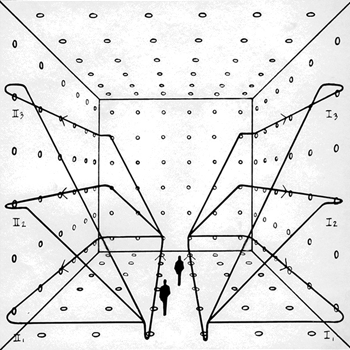Assuming the function is actually g(x) and not g(y), the following is the explanation. Otherwise, differentiating with respect to y means treating x as a constant, so g'(y) = 0.
The product rule states that for a,b functions of x,
(ab)' = a'b + ab'
If we let a(x) = (x-2x^2) and b(x) = e^(3-x), then:
We know that a'(x) = 1-4x from the power rule.
For b'(x), we also need to use the chain rule, which states that if c,d functions of x, then
(c(d(x)))' = c'(d(x)) * d'(x)
If we let c(x) = e^x and d(x) = 3-x then the composition of c with d will be e^(3-x).
The derivative of c with respect to d(x) is e^3-x and the derivative of d with respect to x is color(red)(-1).
We have to multiply with that -1, which is why we see the minus sign in between the terms in the answer.
So, g'(x) = (1-4x)e^(3-x) - (x-2x^2)e^(3-x)


